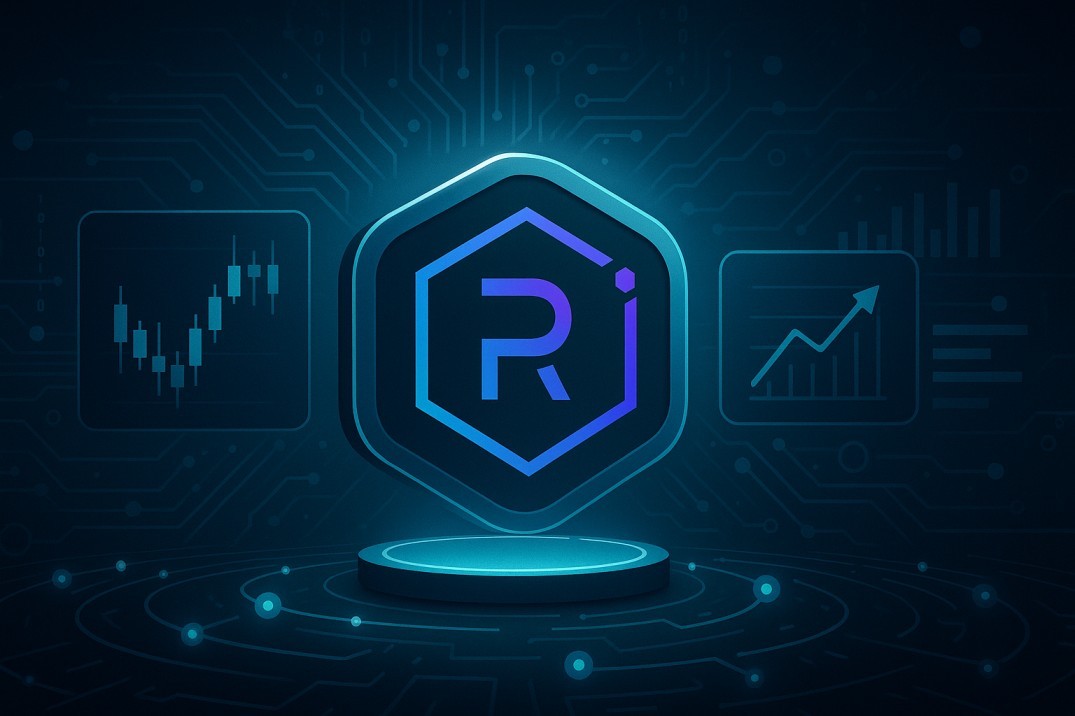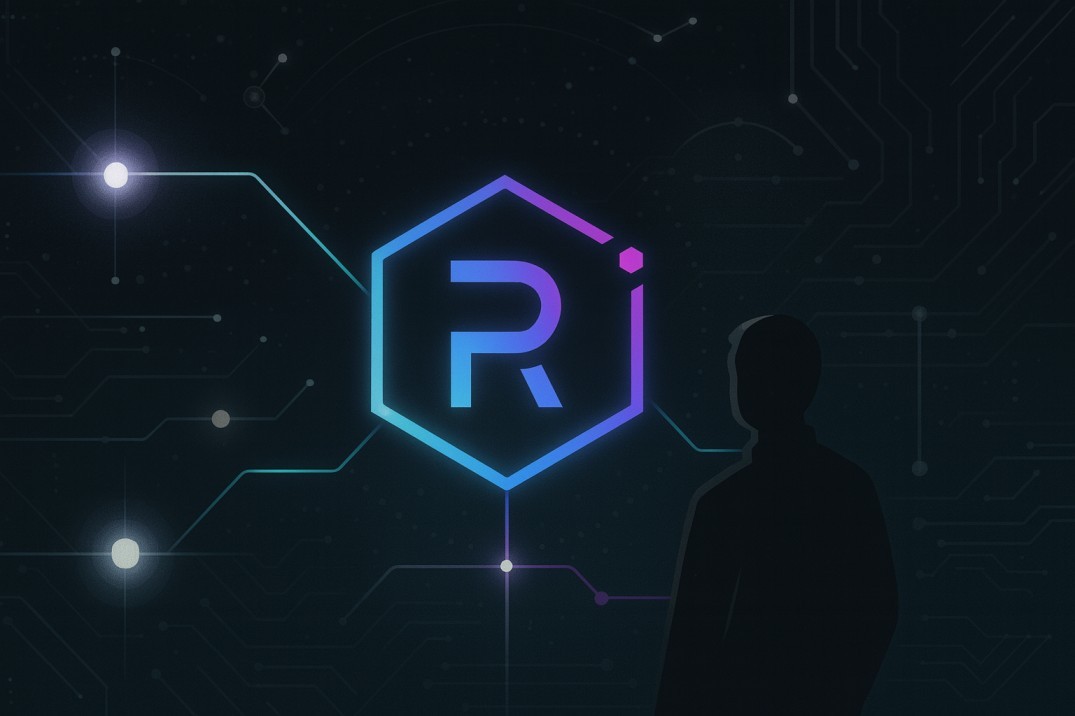TL;DR
- Raydium is a fast, permissionless AMM (automated market maker) on Solana offering low-cost swaps, concentrated liquidity pools (CLMM), constant product pools (CPMM), and yield opportunities.
- It integrates with OpenBook (the Solana order book based DEX) allowing better routing and access to order-book liquidity.
- The native token RAY has a hard cap of 555 million, with ~34% allocated for mining reserve, 30% for partnerships & ecosystem.
- Key features include: permissionless pool creation; choice of fee tiers; concentrated liquidity (CLMM) for more efficiency; "Burn & Earn" liquidity locking; and AcceleRaytor, a launchpad for new Solana projects.
- Risks include impermanent loss, liquidity fragmentation, competition with other AMMs/DEXs, and reliance on Solana's ecosystem stability.
Raydium is one of the Solana DeFi ecosystem's leading AMMs. Launched in 2021, it allows anyone to swap tokens, provide liquidity, stake, and participate in launchpads - all with Solana's speed and low fees. What makes Raydium stand out is its hybrid design: combining permissionless liquidity pools with access to order book depth (via OpenBook), multiple pool types (CLMM / CPMM), and flexible yield opportunities.
In simpler terms: Raydium gives traders fast, affordable execution; gives liquidity providers options; and gives projects a way to bootstrap liquidity. It's built for both newcomers and advanced DeFi users.
How Raydium Works

To understand Raydium well, it helps to break down its core components, how trades happen, and how liquidity is provided.
AMM with Order Book Integration
Raydium uses automated market maker (AMM) pools for swaps - these are smart contracts where liquidity providers (LPs) lock tokens to enable users to trade.
But Raydium also connects its AMM liquidity to the OpenBook order book (the successor/fork of Serum). This means orders from the order book and AMM interact: when trades happen, Raydium may route through AMM pools or use order-book liquidity to get the best price. This helps minimize slippage and improve price discovery.
Pool Types: CPMM vs CLMM
Liquidity providers have choices:
- Constant Product Pools (CPMM) - these are simpler. Liquidity is spread across all possible prices (from zero to infinity). This is good for broad access, easy setup, and tokens without very predictable price behavior.
- Concentrated Liquidity Market Makers (CLMM) - LPs pick a price range around where they expect trading to happen. Within that range, their capital works harder (i.e. more fees earned per unit of liquidity), but outside that range it may be less active or idle. Impermanent loss is higher risk, and managing ranges needs more attention.
Raydium supports different fee tiers in CLMM, depending on asset volatility: stable assets can use low fees, exotic or volatile pairs can use higher fees.
Yield Farming, Staking & Launchpad
- Users providing liquidity can earn trading fees. On top of that, there are farm rewards - extra RAY or partner tokens are distributed to LPs in various pools.
- RAY token holders can stake to earn rewards (from protocol fees or other incentives).
- AcceleRaytor is Raydium's launchpad: new Solana-based project tokens can raise capital and bootstrap liquidity via AcceleRaytor. It gives projects visibility and LPs opportunities to get early access to tokens.
Tokenomics & RAY Token Details
Understanding RAY is essential to see how incentives align.
- Total Supply: 555 million RAY tokens (hard cap).
- Mining Reserve: ~34% (≈188.7 million RAY) set aside for liquidity providers / mining rewards.
- Partnership & Ecosystem: ~30%.
- Team (vested): ~20%.
- Liquidity: ~8%.
- Community & Seed: ~6%; Advisors ~2%.
Other tokenomics features:
- Token Buyback: 12% of trading fees are used to buy RAY and burn (or for other mechanisms) to support the token value.
- Emission Rate: The mining reserve emits a certain amount of RAY per year (~1.9 million RAY/year) to LPs or miners from reserves.
Strengths & Unique Advantages

Raydium's design gives it multiple advantages in DeFi, especially on Solana:
1. Speed & Low Cost - Solana's network allows very fast transaction times and very low fees compared to many chains. For swaps and small trades this is a big win.
2. Permissionless Pool Creation - Anyone (projects, individuals) can create a CPMM pool or CLMM pool. No need for centralized approval. This encourages innovation and liquidity for niche or new tokens.
3. Capital Efficiency via CLMM - Liquidity providers can concentrate capital around active price ranges to earn more fees per unit of capital. Traders benefit from deeper liquidity around current prices, which reduces slippage.
4. Hybrid Liquidity & Routing - Because Raydium can tap both its AMM pools and order book liquidity (OpenBook), trade routing can pick better price paths. This helps traders get better deals.
5. Ecosystem Support & Launchpad - AcceleRaytor helps projects launch in Solana ecosystem, offering capital + liquidity. Also, the ability to add token incentives (farm rewards) helps get traction for new tokens.
Challenges & Risks
Raydium is not without tradeoffs. Here are things to watch out for:
Impermanent Loss - Especially in CLMM pools or volatile pairs. If price moves outside the chosen range, LPs could lose relative value vs just holding.
Active Management Needed - For providers in CLMM, choosing price range and adjusting to price drift is more work. For less active users, simpler pools (CPMM) may be better.
Liquidity Fragmentation - Multiple pool types, many fee tiers, many new projects with small liquidity can lead to spread thin liquidity; swaps on small pools may have high slippage or insufficient depth.
Competition - On Solana there are many AMMs, DEXs, bridges, etc. Raydium must continue to innovate to stay ahead in routing, features, partnerships.
Dependency on Solana & OpenBook - Solana's network performance and stability are important; threats like outages, congestion, or network issues affect protocols built on it. Also, changes or governance in OpenBook might affect Raydium's routing and order-book integrations.
Regulatory Risks - As with all DeFi, token launchpads, liquidity provision etc., there may be scrutiny around token sales, compliance, securities law depending on jurisdictions.
Real-World Examples & Use Cases
- Users who want to swap lesser-known tokens on Solana often find new pairs via permissionless pools, benefitting from early liquidity and farming rewards.
- Projects launching new tokens use AcceleRaytor to build liquidity and community, obtaining visibility and support early in their lifecycle.
- Liquidity providers looking for higher returns may use CLMM pools around tight price ranges for stable or near-stable assets; those wanting simpler, low maintenance returns may prefer CPMM pools or standard AMM pools.
- Traders seeking better execution especially for large trades can leverage Raydium's routing engine to see whether AMM pool swap or order book route gives a better price.
Final Thoughts
Raydium has carved out a strong position in Solana's DeFi landscape by giving users flexibility, speed, and multiple paths to earn yield. Its mix of pool types, tokenomics, launchpad, routing through order books, and openness make it adaptable for both beginners and power users.
However, as DeFi continues to grow more competitive, Raydium will need to maintain its edge - keep pools healthy, manage liquidity fragmentation, keep fees competitive, and stay resilient to Solana network challenges. For traders, LPs, project founders, and yield farmers, Raydium remains a key protocol to understand and consider - if you use Solana or are interested in DeFi beyond Ethereum, Raydium offers compelling tools and opportunities.
ALSO READ: COTI V2 Use Cases: Setting a New Benchmark for Blockchain Privacy











